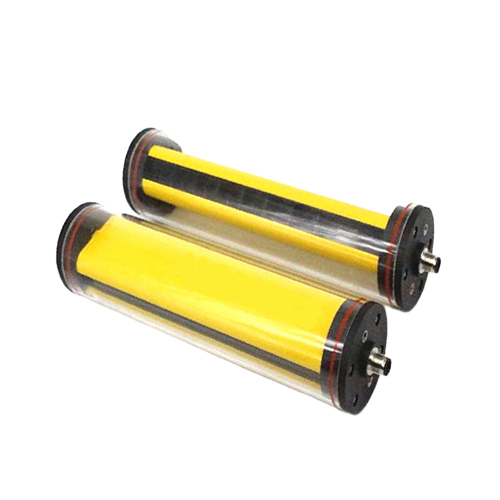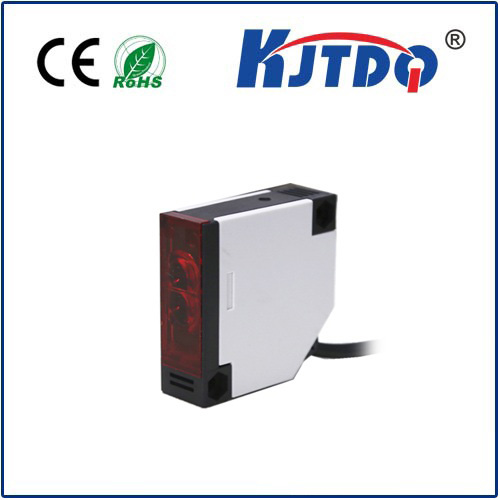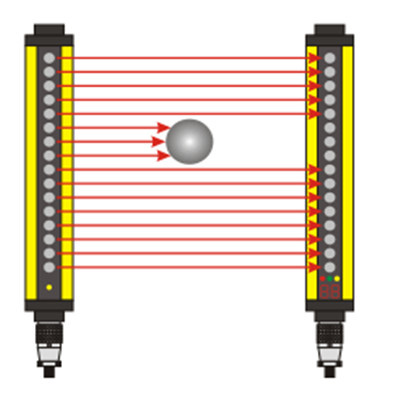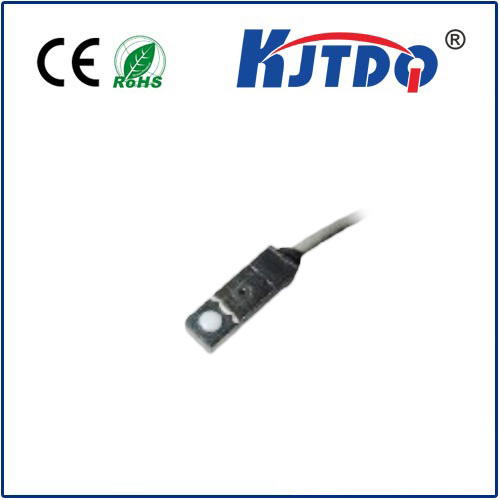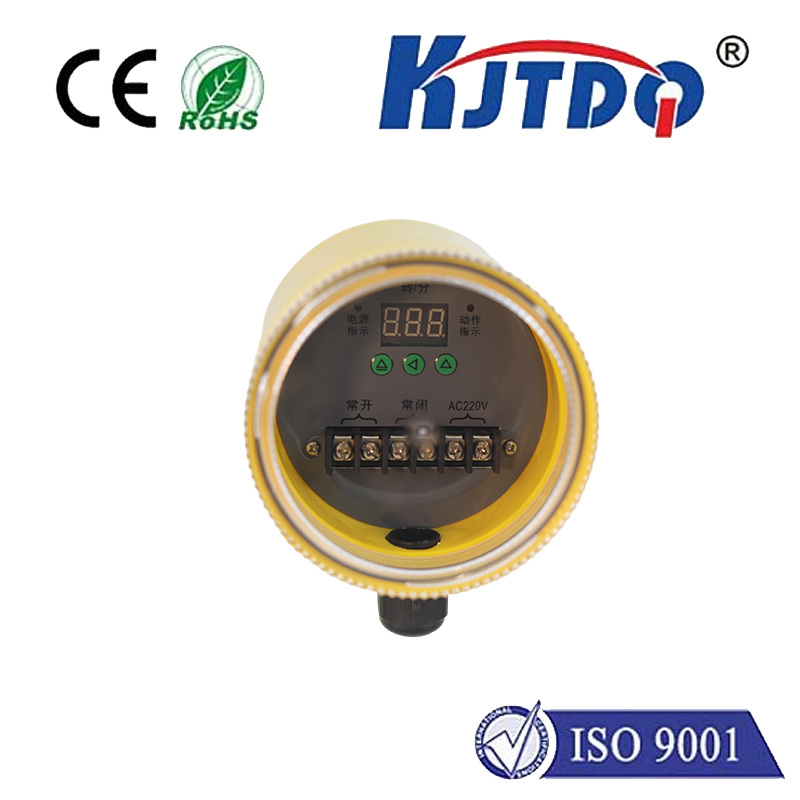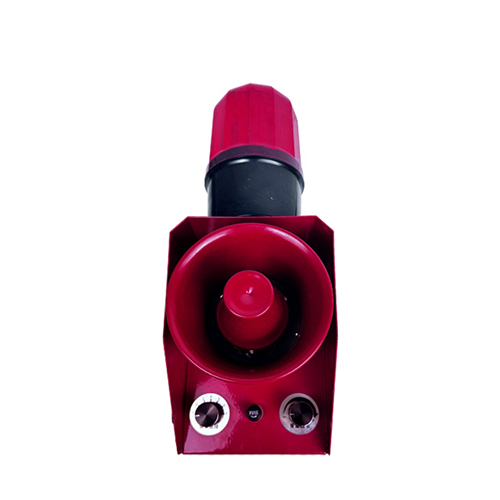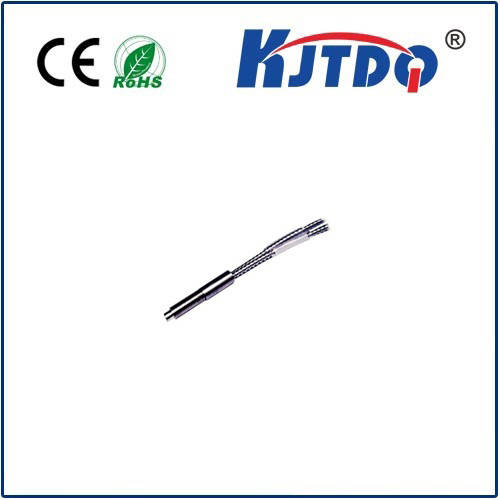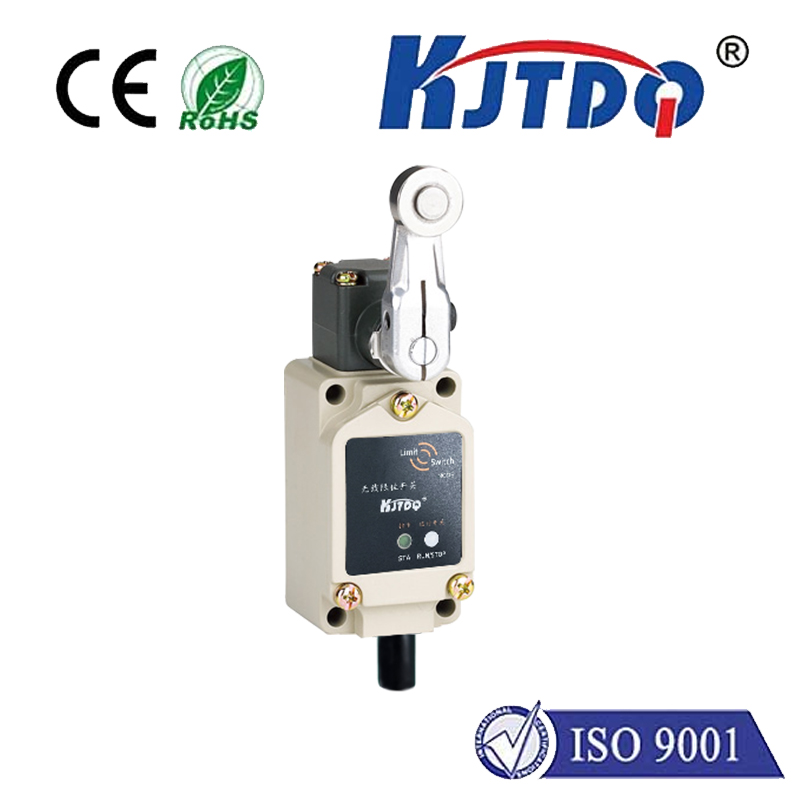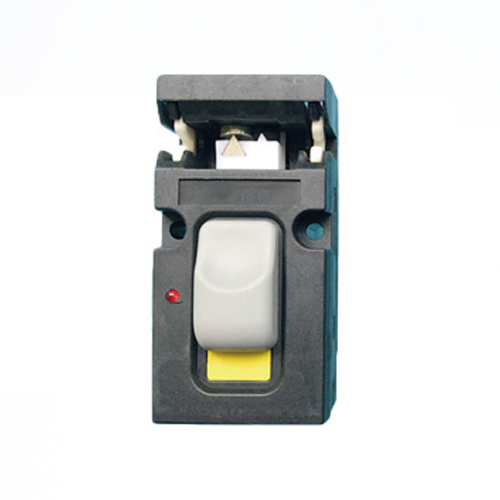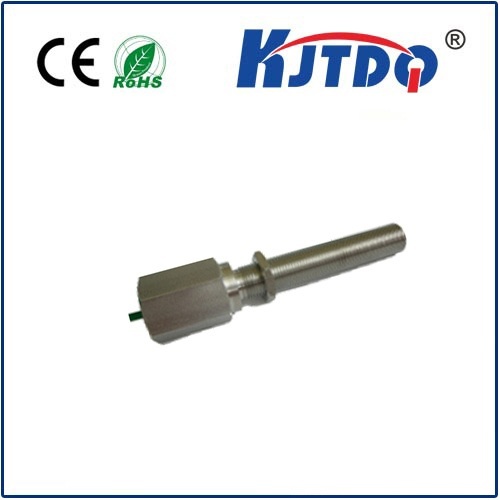

check

check

check

check

check

check

check

check

check

check
Title: Understanding Limit Switches and Their Role in Automation Systems
Introduction to Limit Switches in Automation Systems
In the realm of automation systems, limit switches play a crucial role in ensuring the safe and efficient operation of machines. These mechanical devices are used to detect a physical barrier or limit and trigger an action in response. They are commonly used in industrial applications, such as factory automation, robotics, and automotive engineering, among others. In this article, we will delve into the working principle and importance of limit switches in automation systems.
Section 1: The Working Principle of Limit Switches
Limit switches are designed to detect the presence or absence of contact between two moving parts, such as a switchable lever or a magnetic switch. When the contact is made, the switch opens, releasing a coil that powers an electrical circuit. This circuit then triggers an alarm or a motor to stop movement, depending on the design of the system. The position of the switch within the mechanism determines whether it is considered "open" or "closed."
Section 2: Types of Limit Switches
There are several types of limit switches available on the market, each with its unique features and application. Some common types include:
a) Toggle limits: These switches consist of a movable piece that can move up and down a track when pressed. When the toggle is in its neutral position, there is no contact between the two pieces, causing the circuit to open. Once the toggle is pushed down, the piece makes contact, closing the circuit and stopping motion.
b) Potentiometer limits: These switches use a potentiometer to measure the distance between the switch contacts. When the pot is at its minimum position, there is no contact, causing the circuit to open. As the pot is moved towards its maximum position, the switch contacts make contact, closing the circuit and stopping motion.
c) Optical limits: These switches use light to detect the presence or absence of contact. An LED or photodiode is placed between the switch contacts, and when they come into contact, the LED emits light. If the contacts are not making contact, no light is emitted, indicating that the switch is open.
d) Air switches: These are electronic switches that use air pressure to determine whether the contact is present or not. When a pneumatic actuator pushes against the switch, it opens the circuit and stops motion. When the actuator is removed, the switch closes the circuit and resumes motion.
Section 3: Importance of Limit Switches in Automation Systems
Limit switches play a critical role in preventing accidents and ensuring safe operation of自动化系统中的机械设备. Here are some key benefits of using limit switches:
a) Safety: Limit switches help prevent accidents by detecting when a machine has reached its limits or stopped completely. This prevents over-speeding, overloading, and other dangerous situations that could harm humans or damage equipment.
b) Efficiency: By monitoring the position of the switch within the mechanism, limit switches can help optimize machine performance by reducing unnecessary motion or energy consumption. This results in improved efficiency and cost savings for businesses.
c) Reliability: Limit switches are reliable indicators of machine status, allowing operators to quickly identify potential issues and take corrective action before they become major problems. This reduces downtime and increases overall system uptime.
d) Easier maintenance: By providing clear visual cues on when a machine has reached its limits or stopped completely, limit switches make maintenance easier by eliminating the need for complex sensor systems or other diagnostic tools.
Conclusion
Limit switches are an essential component of automation systems, helping ensure safe and efficient operation of machines while improving reliability and reducing maintenance costs. With their various types and designs, limit switches can be tailored to meet specific application requirements and provide accurate feedback on machine status. As businesses increasingly adopt automation technologies to increase productivity and streamline operations
